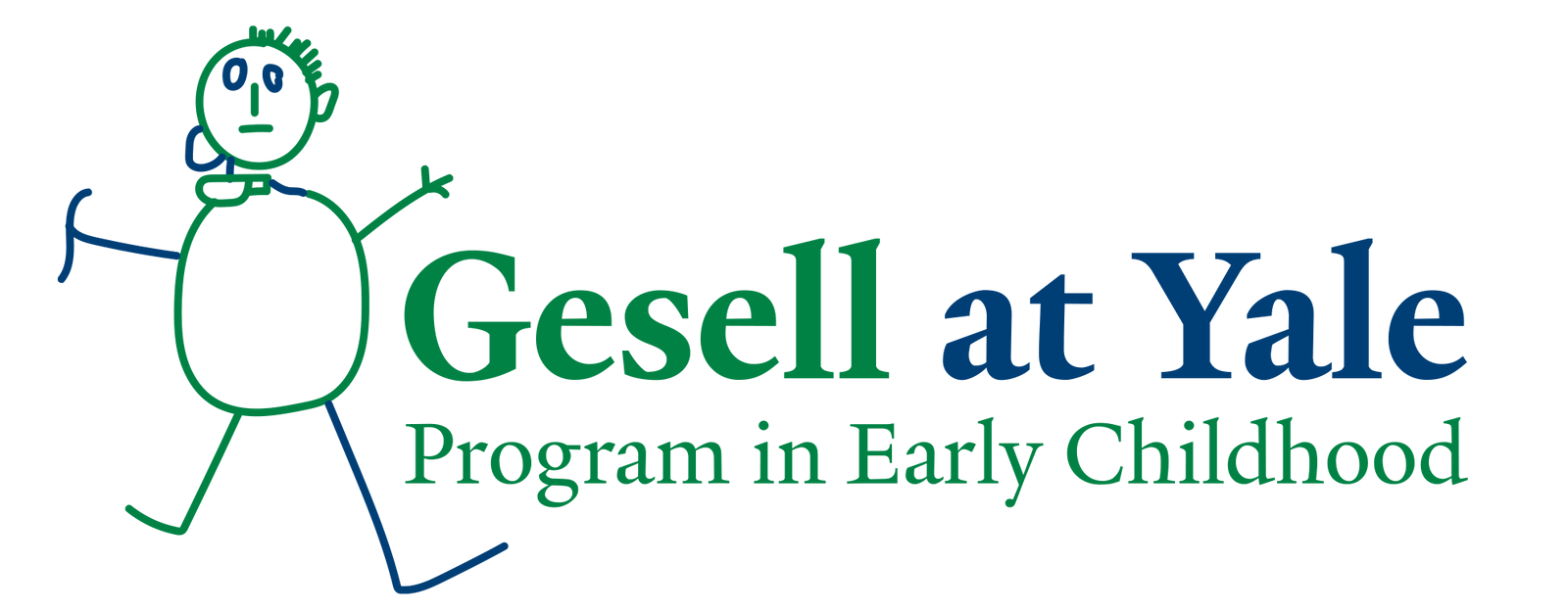The Center for Disease Control and Prevention (CDC) recently revised developmental milestones for children aged 2 months through 5 years. As conscientious professionals in the field of developmental assessment we wondered how this might impact our own practice and the use of the Gesell Developmental Observation-Revised (GDO-R) and the Gesell Early Screener (GES). Our exploration leads us to believe that all reliable assessors need to understand why these changes were made in order to best evaluate if their current screening tools and methods are still valid.
To answer some of these questions, specifically as they relate to the Gesell Developmental Assessment System, we offer a brief overview of how and why the changes were made and their relation to the Gesell Developmental Assessment System. We hope this information will answer your critical questions and reinforce the essential role of informed developmental observation and reliable screening for all young children.
Who made the updates?
The CDC Learn the Signs. Act Early. program funded The American Academy of Pediatrics (AAP) to engage an expert working group to review and as needed revise its developmental milestone checklists. A complete explanation of the process and outcomes can be found in the journal Pediatrics.
Why were the updates made?
The goals of the revisions were to better clarify when most children can be expected to reach a milestone and support clinical judgment regarding screening between recommended ages. Earlier critics suggested that the prior methodology supported a potentially problematic “wait and see” approach. The updates to the milestones aim to better identify potential areas of concern as early as possible, so that action can be taken if needed. In short, the new milestones make it more clear that missing a milestone is a reason for immediate action.
What changed?
The milestone benchmarks were moved from 50% to 75%. To be clear, the milestone changed; children did not. Previously the milestones were written to identify the age at which 50% of children would be demonstrating a skill. This means that a milestone age meant that half of kids could perform the skill at that age—but half could not. This lower threshold left much room for subjective interpretation among pediatricians, teachers and caregivers about whether intervention was needed or not. If a child did not meet the milestone it simply meant they were in good company with half of the children their age; from this, the “wait and see” approach emerged. Now, the updated milestones reflect what 75% of children, or most children, would be expected to be able to do at the specified age. This means a child not meeting a milestone is in the clear minority, leaving less room for speculation and a more direct imperative that a potential developmental delay should be considered and possibly addressed.
Can I still use the GDO-R and the GES?
YES! The GDO-R and GES are still valid screeners. No updates will be needed to reflect the milestone changes. This is in large part because the data used to create the Gesell Assessment System predates the CDC milestones and developed through a rigorous research process that was not tied to or based on the CDC milestones.
Additionally, both the CDC and the AAP support the understanding of the milestones as simply surveillance checklists, and that they are not intended to be used as nor take the place of developmental screenings. The GDO-R and the GES are administered by well trained professionals and result in a picture and understanding of a child’s development in a number of essential domains.
Importantly, the Gesell Assessment System never used a “finish line” for child development or any particular skill. Gesell has always observed child behavior on a range from “concern” to “emerging” to “age appropriate” with the age appropriate designation reflecting what a majority of children at the specified age could do. The newly released 75% threshold even better reflects Gesell’s data on developmental age.
True then, truer now.
During his time at the Yale Child Study Center, Dr. Arnold Gesell conducted an unprecedented and expansive study including over 10,000 children. Observations of verbal, motor, social, emotional, and cognitive development were recorded and served as the basis of the Gesell Developmental Schedules. The schedules lay out the pattern, sequence and path of development for all children. These Schedules served as the foundation for what is now known as the Gesell Developmental Assessment System. The Schedules have been modified over the years to reflect new research, but its key principles have remained strikingly consistent across decades and generations of children. These basic principles have and will continue to act as a guide for the Gesell Assessment System.
